Biodiversity Policy and Commitments
Tata Steel is the first company in India to have a biodiversity policy and is committed to the conservation, enhancement, and restoration of natural ecosystems in its areas of operation. The policy aims to integrate biodiversity into our business ecosystem to achieve no net loss of biodiversity. Link to Tata Steel’s biodiversity policy: Biodiversity.cdr (tatasteel.com)
We remain dedicated to preserving, enriching, and restoring biodiversity within the regions where we currently operate and plan to operate. This encompasses our entire network, from Tata Steel's raw material extraction sites to manufacturing and processing facilities.
Around 80% of biodiversity loss is attributable to habitat loss. We intend to avoid property acquisition and conduct operations near critical habitats for species with special conservation status. We also aim to reduce our impact on the ecosystem and biodiversity through our active habitat restoration initiatives. Where deforestation is unavoidable, we are committed to offsetting the forest loss with compensatory afforestation, leading to no net deforestation with the ultimate aim of achieving no net loss. In FY 2023-24 alone, more than 200,000 saplings were planted in Jamshedpur, Meramandali, and Kalinganagar.
In its ESG goals, Tata Steel has set itself two biodiversity-focused targets:
- Cover 100% sites under Biodiversity Management Plans across India, the UK, and the Netherlands by 2025.
- Be a Nature-based Solutions (NbS) leader in India by 2030.
"Tata Steel is a pioneer in Biodiversity by launching its biodiversity policy in 2016. We are dedicated to integrating biodiversity into our business practices, creating green, sustainable environments for future generations." – Mr. Rajiv Mangal, VP Safety, Health & Sustainability
Tata Steel has a four-tiered approach, which consists of two phases: first phase is the development phase where Tata Steel sets its vision and strategic objectives and the long-term strategies (LTS) to achieve them. The second phase is the deployment phase in which the strategies are converted into action plans through the process of long-term planning (LTP) and annual business planning (ABP).
Biodiversity Management Plans – Assessment, Risk Exposure and Management#
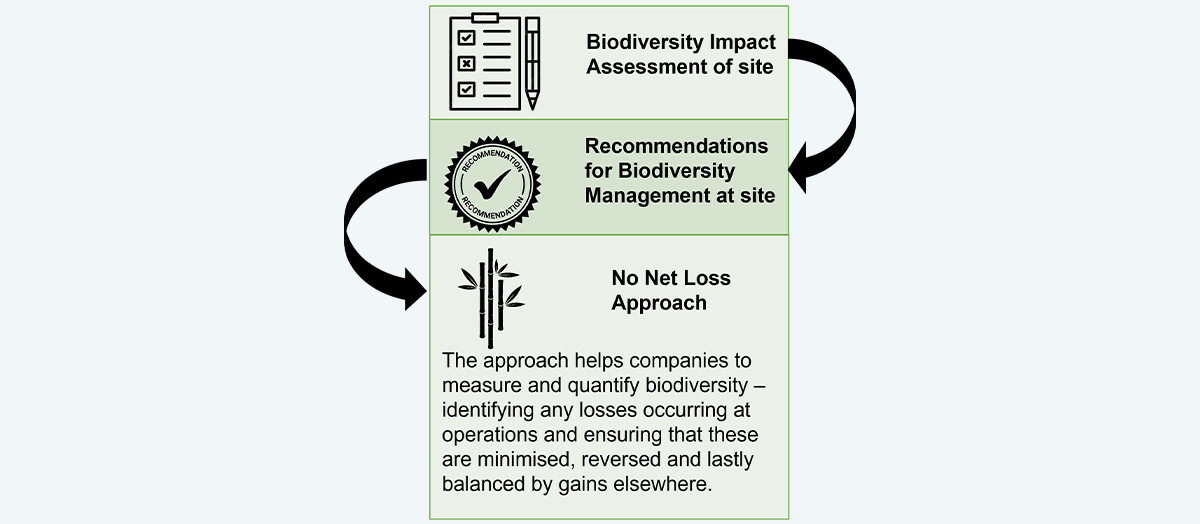
Figure 1 Flow of Biodiversity Management
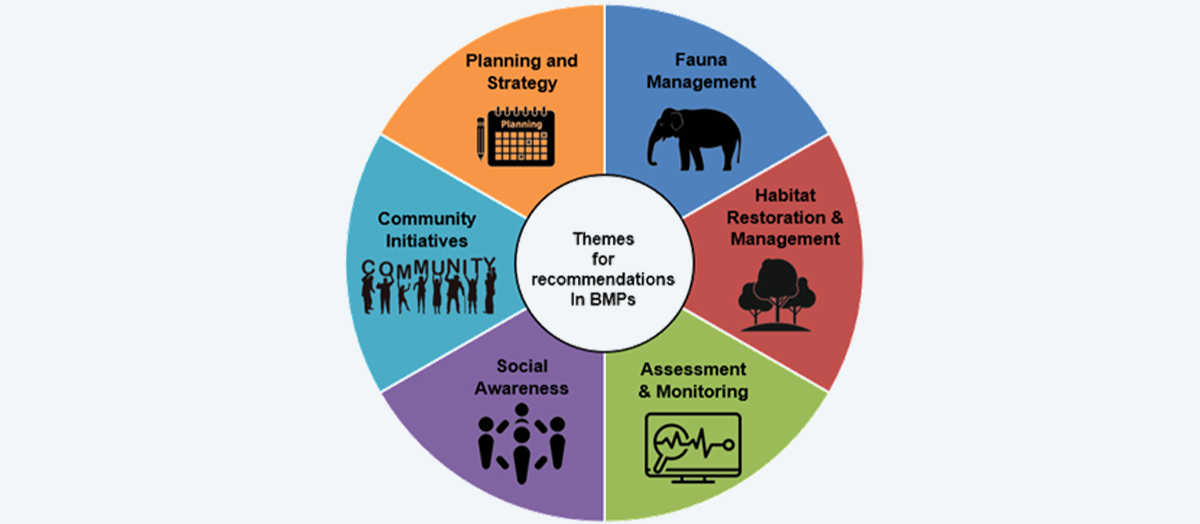
Figure 2 BMP Themes
The Biodiversity Management Plan (BMP) or Biodiversity Action Plan (BAP) includes a baseline assessment, risk analysis, ecosystem review, and an action plan for the site team. In BMPs, we use a location-specific approach to identify risks, impacts, and actions taken for redressal and mitigation.
The BMPs are designed based on mitigation hierarchy (avoid, minimise, restore, and offset). Recommendations are developed by taking in a baseline assessment of the site and buffer area (generally a 10 km radius around the site) to determine the exposure to critical biodiversity. We conduct biodiversity studies, ground truthing studies, secondary research, and stakeholder interactions, and we understand the risks from the Company's operations and community behaviour to ecosystem services provided by biodiversity.
The BMPs thus prepared are integrated with the requirements of progressive mine closure plans and environment clearance conditions while including requirements of global standards on biodiversity conservation and mine restoration. To date, we have developed BMPs for 17 of our locations, with the goal of covering 100% of sites by 2025. We have conducted fieldwork for 10 more sites in India and will cover them with BMPs shortly.
|
Number of sites*
|
Area (Hectares)*
|
|
Total number of sites and the total area used for operational activities
|
37
|
15749
|
|
**Sites in close proximity to critical biodiversity
|
0
|
0
|
|
Sites having a biodiversity management plans
|
17
|
12221
|
*Subject to change with expiry of leases, grant of new leases, acquisitions for expansion of Tata Steel Operations
**Sites designated after verification – World Heritage Sites, Ramsar Wetlands, UNESCO MAB, Key Biodiversity Areas (KBAs), IUCN protected areas (protected planet), etc.
#We change our process and methodologies for the assessment, impact, risk, ecosystem review and management plans in accordance with the best practices and evolving developments in the domain of biodiversity. They may change from location to location due to various local factors.
We have set ambitious and strategic ESG goals related to biodiversity, which are: -
- Short term goal - Cover 100% sites under Biodiversity Management Plans across India, the UK, and the Netherlands by 2025.
- Long term goal - To be a Nature-based Solutions (NbS) leader in India by 2030.
BMP Formulation and Implementation
The BMP formulation process has three steps:
- Background studies
- Secondary literature review
- Review of internal documents
- Review of past biodiversity data
- Primary data collection
- Baseline data collection of flora and fauna
- Terrestrial and aquatic biodiversity assessment
- Socio-ecological survey
- Data analysis
- Biodiversity sensitivity map
- Use of analysed data
- Preparation of maps using GIS
- Highlight key biodiversity areas within the study areas, such as national parks, sanctuaries, critical biodiversity areas, etc.
An annual BMP review is conducted with senior management across all locations to monitor the progress of BMP implementation on the ground. The quarterly meeting for tracking and course correction supports this. We have developed a monitoring tool to track the action implementation of BMPs. The tool is a location-specific sheet that helps understand site-wise performance.
Ecosystem Review

Figure 3 Ecosystem Review - Impact and Dependencies
The Ecosystem Services (ES) Review is a comprehensive tool developed in collaboration with the World Resources Institute (WRI), World Business Council for Sustainable Development (WBCSD) and Meridian Institute. This instrument is designed to assist industries in identifying their dependencies and impact on biodiversity and ecosystem services.
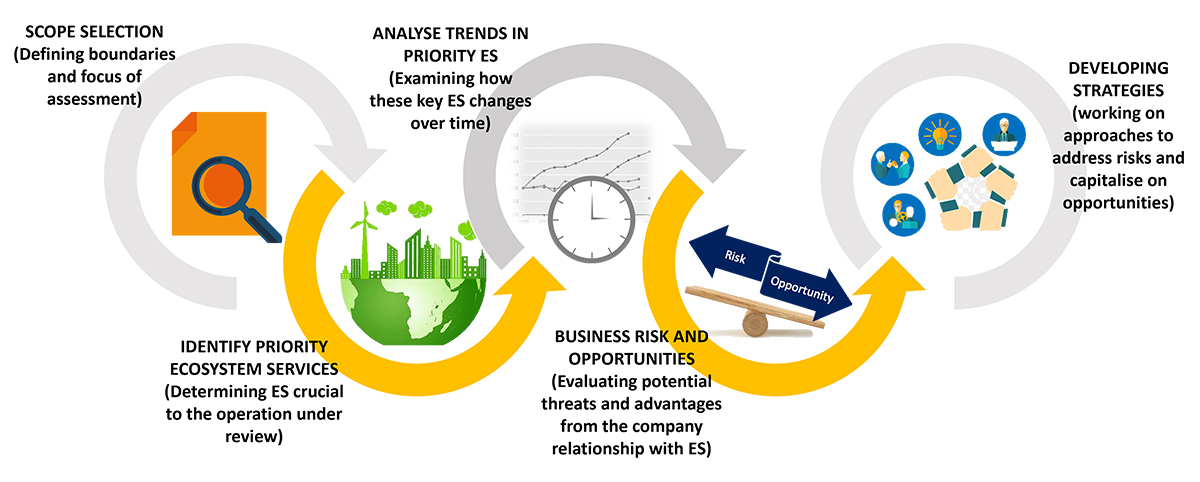
Figure 4 Ecosystem Services Review Process
This third-party review employs a pre-defined tool and in-depth discussions with Tata Steel and the community through a questionnaire to gather information about the plant's operational process. These help identify the degree of dependencies and potential impact on Ecosystem Services, followed by developing strategic action plans. These plans guide the integration of Ecosystem Service consideration into future industrial activities.
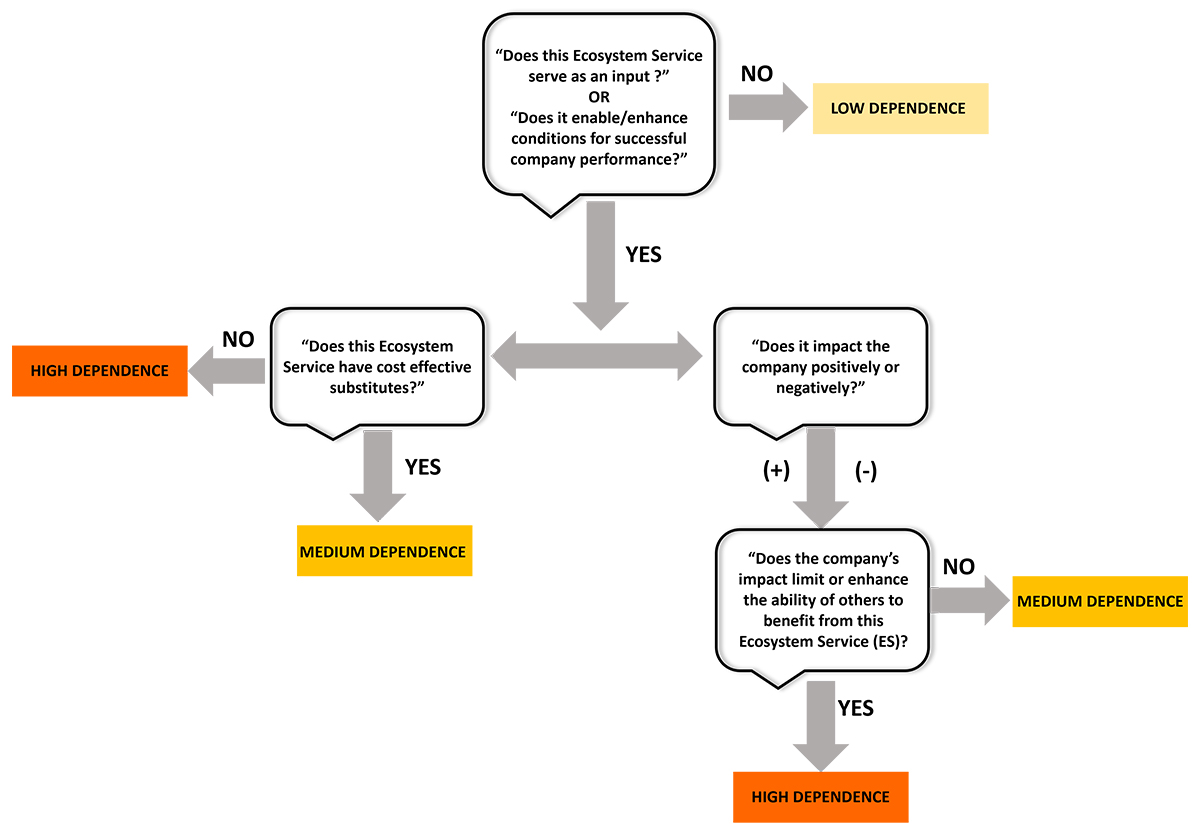
Figure 5 Categorisation of Ecosystem Services Dependencies
Tata Steel has several biodiversity-related dependencies brought forward through an ecosystem review. Water, a provisioning service, is a prominent dependency that is key to steelmaking operations supported by a healthy natural ecosystem. Biodiversity helps improve both ground and surface water levels. Climate disaster mitigation and regulation (flood control, etc.) reduce the probability of major disruption in the business. The lush green parks and areas act as community gathering places in the mine and plant locations, as envisioned by J N Tata.
Biodiversity Risk Analysis
Biodiversity Impact Assessment is crucial for harmonising human development with ecological preservation. This matrix-based approach to assessment aids us in navigating the complex process of measuring and characterising our impact on the ecosystem.
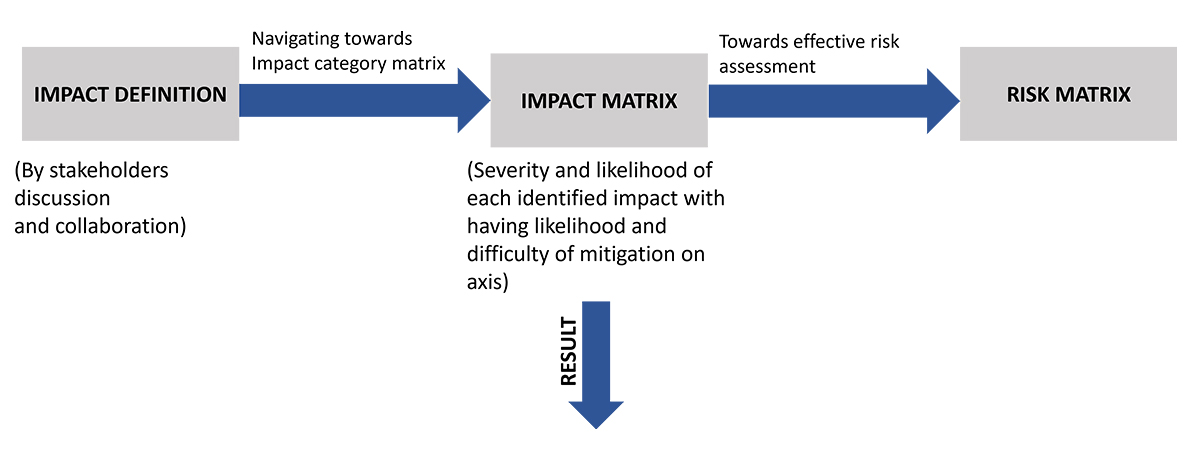
The final stretch of our journey involves translating these insights and segregating the criteria into actionable plans:
- High-risk sites (Critical or Significant impact)
- Medium-risk sites (Medium impact)
- Low-risk sites (Low category impact)
Through this systematic approach, we actively shape our interaction with the natural world, striving for a future in which human activities and biodiversity complement each other.
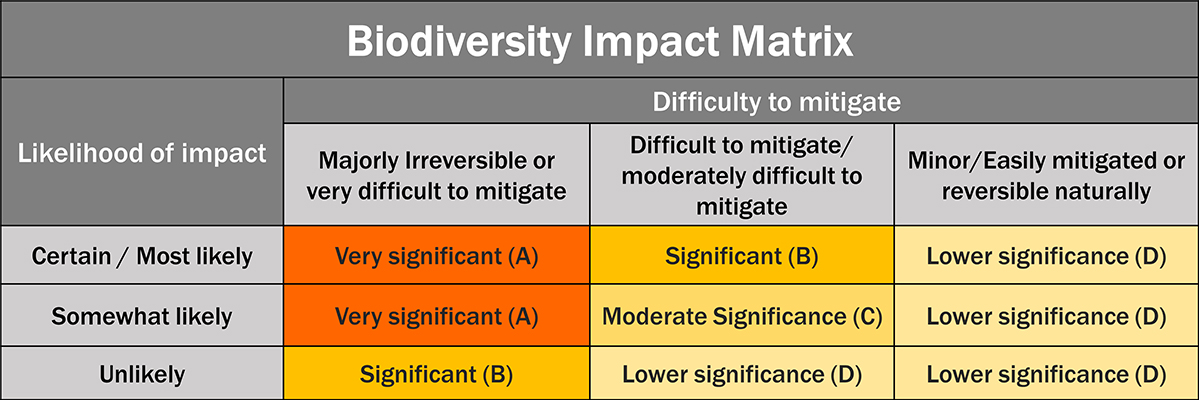
Figure 6 Biodiversity Impact Matrix
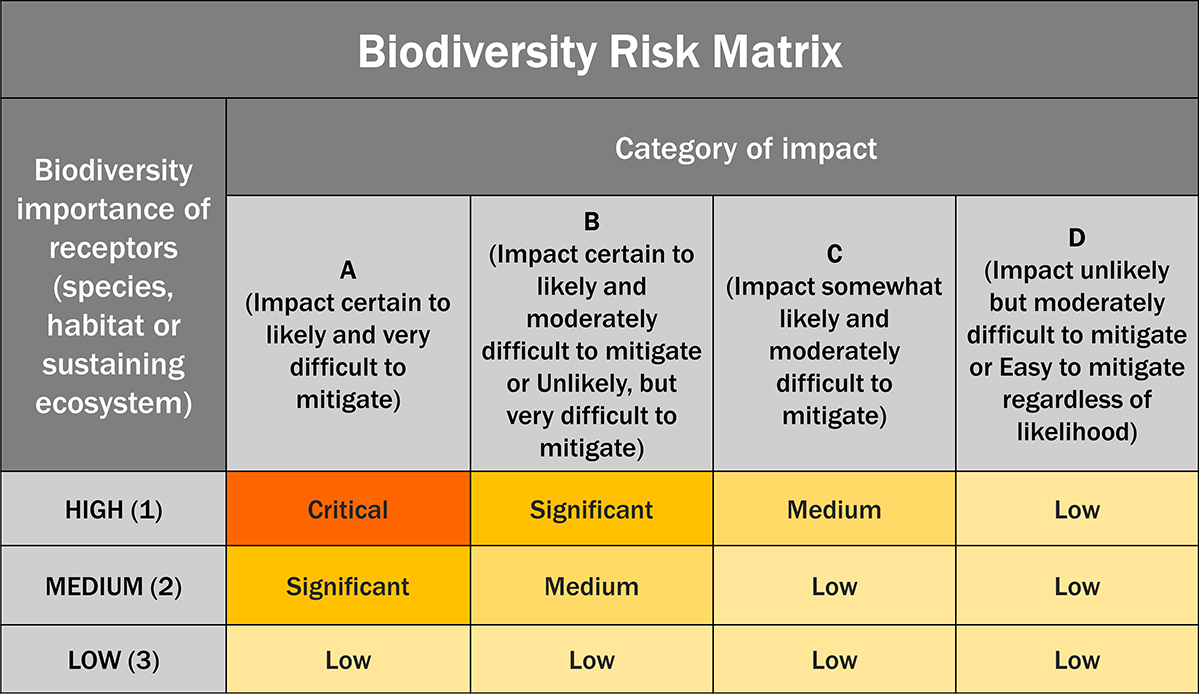
Figure 7 Biodiversity Risk Matrix
We have integrated the biodiversity risk, 'Inability to meet publicly announced Biodiversity Management Plan coverage commitment,' into our Enterprise Risk Management System with early warning indicators (EWI) for proactive risk management. Water regulation is a significant risk identified that needs to be tackled. One of the levers available with Tata Steel is habitat restoration to positively impact groundwater levels around its operations.
The scope of biodiversity risk assessment is own operation (e.g., Kalingangar and Meramandali plants), adjacent areas to own operations/buffer area (generally a 10 km radius around the site), upstream activities (e.g., Jharia and West Bokaro mines) and downstream activities (e.g., Tarapur and Khopoli).
Government and Voluntary Conventions
In India, the operations at all our locations are aligned with the National Biodiversity Targets and follow the regulations mandated under the below listed acts:
- The Mines and Minerals (Regulation and Development) Act, 1957
- Wildlife (Protection) Act, 1972
- The Environment Protection Act, 1986
- Biological Diversity Act, 2002
- The Forest (Conservation) Act,1980
- Compensatory Afforestation Fund Act, 2016
- Environmental Impact Assessment Notification, 2006
- The Water (Prevention and Control of Pollution) Act 1974
- The Air (Prevention and Control of Pollution) Act, 1981
- The Mines and Minerals (Regulation and Development) Act of 1957
- The Mineral Concession Rules, 1960
- The Mineral Conservation and Development Rules, 1988
- Ash Content Notification, 1997
- Disposal of Fly Ash Notification, 1999
- Public Hearing Notification, 1997
- Scheduled Tribes and Other Traditional Forest Dwellers (Recognition of Forest Rights) Act, 2006
- The National Green Tribunal Act, 2010
At the global level, we are aligned with the requirements of Aichi Targets by the Convention on Biological Diversity (CBD), World Bank/International Finance Corporation (IFC) as stated in their Performance Standard 6 and the International Council on Mining and Metals (ICMM). Being a business leader in mining and steelmaking, the Company is going beyond the regulatory regimes and setting high standards for itself on social and environmental matters.
Mitigation Hierarchy and Actions Taken
|
Mitigation Hierarchy
|
Actions taken
|
|
Avoid
|
There are no operating sites in or near critical biodiversity. The Biodiversity Policy also expresses the Company's commitment to avoid biodiversity loss in future acquisitions.
|
|
Minimise or Reduce
|
Tata Steel controls dust emission through various methods across sites which help reduce the impact on the nearby ecosystem.
|
|
Restore
|
Various initiatives like regenerated forest of Noamundi (126 hectares), restoration in the 62-acre Jugsalai muck dump formed due to dumping cinder and slag, etc.
|
|
Offset
|
Nature Trail, Jamshedpur - 6.8 hectares (17 acres) of land has been converted into an Urban Forest for nature lovers in Jamshedpur. The Nature Trail introduces a mini forest concept. This includes dense tree plantations of native species and bamboo plantations with more than 21,000 tree saplings, comprising myriad ecosystems that enhance the green cover. The project also provides wetland restoration along a 650-metre-long rivulet cutting across this eco-park.
|
|
Regenerate
|
Industrial development has led to loss of habitat for birds, impacting their ability to nest. In Noamundi, specific nesting spaces have been allocated to help the birds thrive and enhance pollination, improving ecosystem productivity.
|
|
Transform
|
We championed bamboo plantation in our leasehold land and communities' barren land around our Jharia coal mines. This collaboration aims to generate livelihood opportunities for farmers and act as a carbon sink over time. Bamboo can be used to produce biochar, partly replacing coal injection in blast furnaces. We are also studying biomass availability in three locations and seeking ways to involve the community in the fuel supply chain.
|
External Collaborations and Engagement with Stakeholders
We have collaborated with national and international organisations, such as the International Union for Conservation of Nature (IUCN), CII-IBBI (India Business & Biodiversity Initiative), Terracon Ecotech, Geovale Services, and The Biodiversity Consultancy (TBC), to encourage transformational and demonstrable change at the Company and sector levels.
Tata Steel engages with various stakeholders, including the local community, supply chain partners, customers, competitors, academia, government bodies, local and international organisations, and media houses, from the assessment stage to the implementation of biodiversity initiatives with science-based assessment. We organise periodic training and awareness sessions on biodiversity and encourage local communities to take part in afforestation and restoration projects. Through regular publications in national and international journals, we generate an extensive body of knowledge for a wider reach.
In 2023, we had a full-day session in Jamshedpur and Kolkata to develop awareness among Tata Steel's senior management and high-ranking officers from across all locations. The session was conducted by a renowned international agency, The Biodiversity Consultancy (TBC) from Cambridge, UK.
During the 2023 Sustainability Month celebration, seed balls were distributed to the audience, most of whom were school students, to help raise awareness and promote plantation among the younger generation.
During the Sustainability Month 2024, more than 200 contract workers and non-officer permanent employees in West Bokaro and Noamundi participated in a biodiversity game to promote the importance of preserving and restoring native/indigenous species over exotic and invasive species. In GreenThink, the startup competition, Nature-based Solutions, was a prominent category that engaged and supported startups working in the domain.
 Corporate
Corporate
 Sustainability
Sustainability
 Products & Solutions
Products & Solutions
 Investors
Investors
 Careers
Careers
 Contact Us
Contact Us











